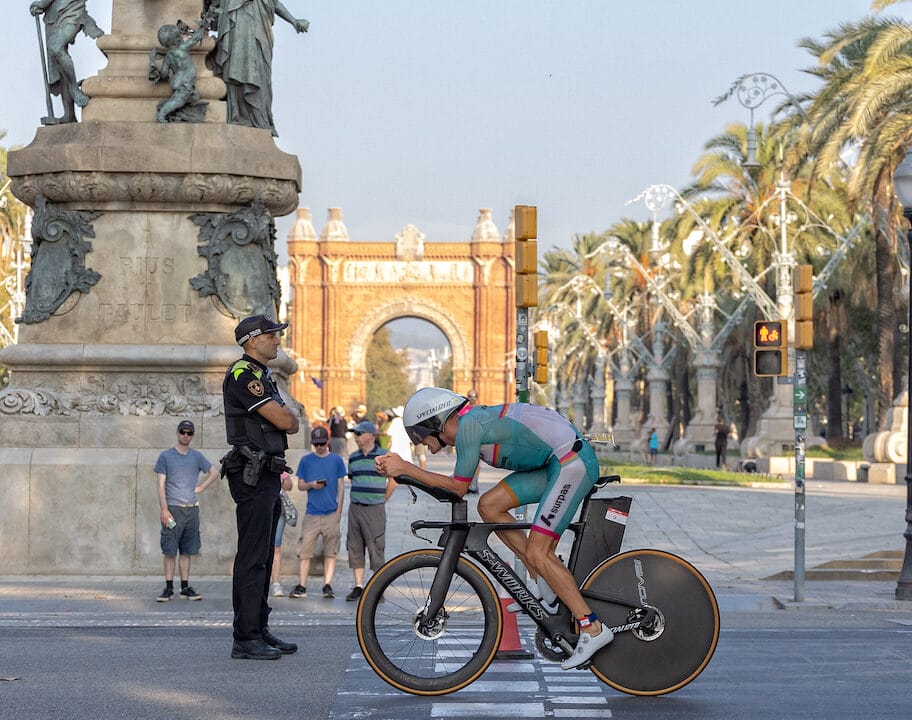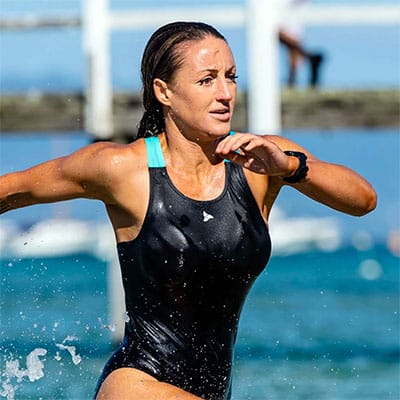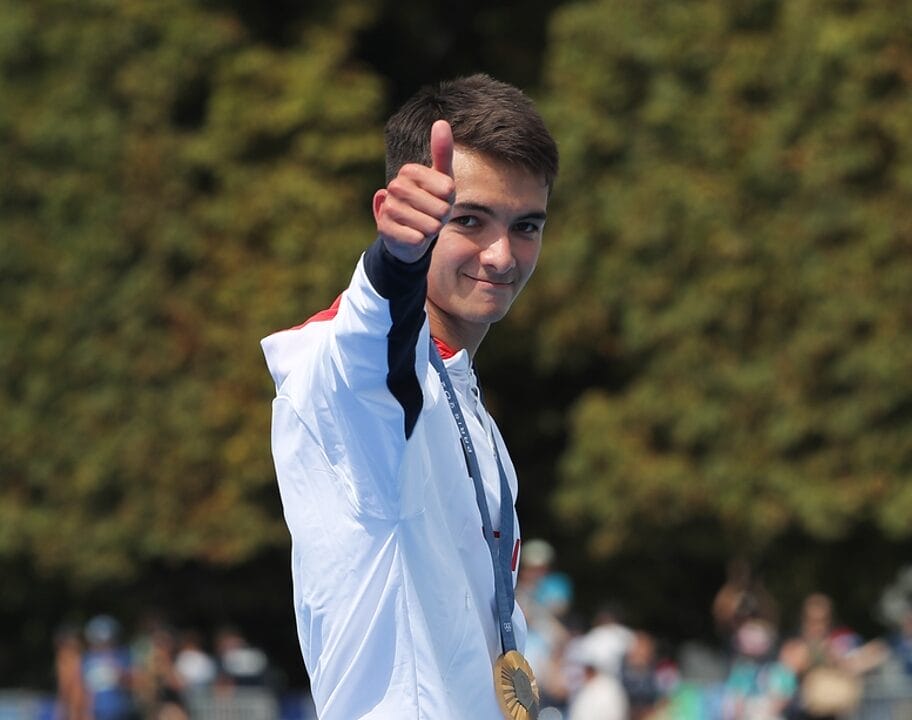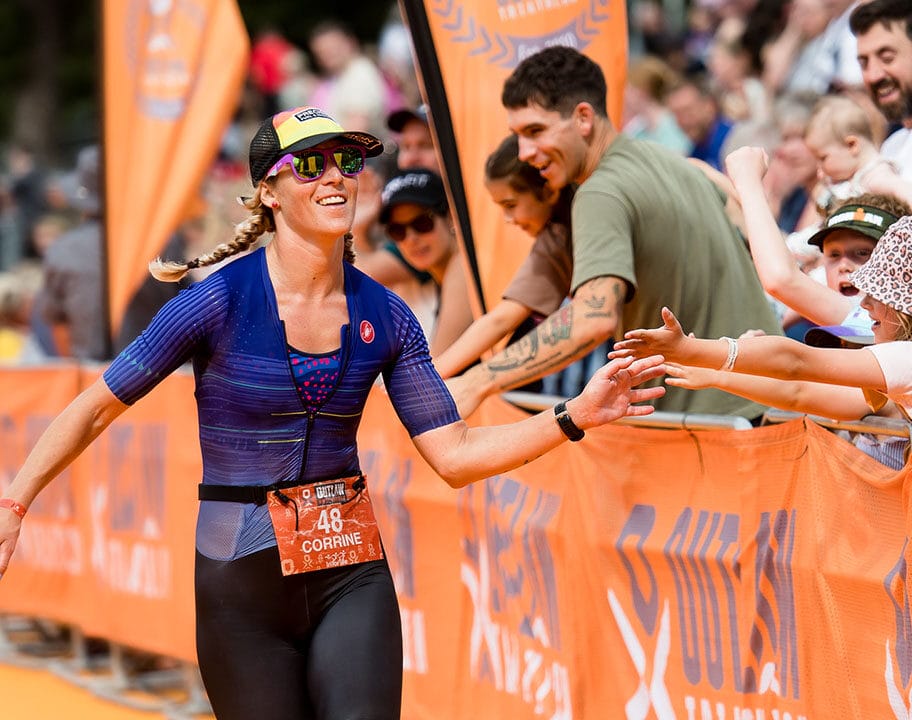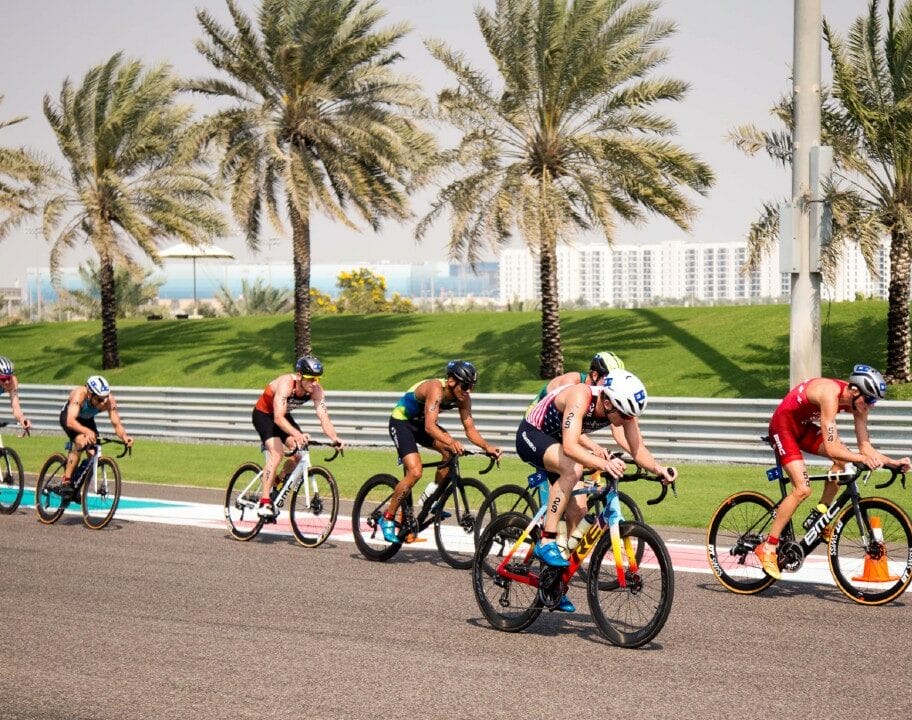Plantar Fasciitis – the most common cause of heel pain
What is Plantar Fasciitis?
Plantar Fasciitis is the inflammation of the plantar fascia, a strong band of tissue (similar to a tendon) which stretches from the heel to the five toes at the bottom of the foot. This band of tissue supports the arch of the foot. The inflammation usually occurs as a result of repetitive trauma to the tissue where it attaches to the heel bone. As we stand and apply weight to the foot, the arch drops and the plantar fascia becomes taut. Plantar Fasciitis occurs when the weight applied to the foot becomes so great that the tension in the plantar fascia increases, causing damage as it begins to pull away from the heel bone.
What are the causes?
- Biomechanical factors such as excessive pronation (flat feet), high arches or tight Achilles tendon
- Poorly cushioned shoes
- Poor arch support in shoes
- Repetitive pressure of the feet from activities requiring prolonged weight bearing activities such as walking or running
- Rapid change in activity level
- Wearing high heels
- Running up hills or on toes
What are the symptoms?
The pain from Plantar Fasciitis can present as a dull ache or sharp pain on weight bearing.
Post-rest pain occurs after a long period of rest, such as after walking in the morning or prolonged sitting. A sharp pain is felt that usually subsides after being on the affected foot for approximately ten minutes allowing the fascia has warmed up.
Overuse pain occurs after an extended period of being on the feet such as jogging or walking and is characterised by a dull ache.
Morning heel pain is the most painful symptom associated with plantar Fasciitis. It occurs after long period of rest, the first few steps are the most painful from the plantar fascia being over-stretched and the pain then subsides over time.
How is Plantar Fasciitis treated?
The following are all techniques that are commonly used:
- Rest: as much as possible, avoid running, excessive walking and weight bearing activities.
- Ice massage of the painful area can help to reduce inflammation.
- Supportive foot wear: avoid walking bear foot, wear supportive, cushioned shoes with good arch supports.
- Buy some cushioned heel pads to place inside your shoes to provide extra shock absorption.
- Anti-inflammatories can help to reduce pain and inflammation. An anti-inflammatory gel rubbed onto the painful area can also be useful.
- Custom-made orthotics can reduce the amount of stress placed on the plantar fascia.
- Night splints are braces that allow the stretching of the calf and plantar fascia whilst sleeping.
- Self massage: in a sitting position place a ball or cylindrical device under your foot and roll it back and forth applying pressure to the sole of your foot.
- Having your foot taped can reduce stress placed on the plantar fascia and relieve pain whilst weight bearing.
Stretches specifically for the plantar fascia
- When you are sitting with your legs stretched out, keep your knee straight and place a belt or towel around the sole of your foot and pull your foot back towards your head.
- In a standing position, facing a wall, place your heel on the ground close to the skirting board with your toes on the wall to stretch the sole of your foot.
- Stand on the edge of a step, on the balls of your feet only, and lower your heels down until you feel a stretch in the sole of your foot.
- Calf stretch: stand facing a wall with the leg to be stretched behind you, knee straight, and the other leg in front of you with the knee slightly bent. Move your hips forward until you can feel a stretch in the calf.
Physiotherapy
Physiotherapists are able to perform biomechanical assessments which look at posture, the alignment of lower limbs including foot position and the need for orthotics. Advice can be given in regards to the most appropriate footwear for various foot shapes and stresses that occur during weight bearing. Manual therapy techniques used include: deep tissue massage and stretches, other physiotherapy treatment techniques include: electrotherapy such as ultrasound, strapping, tailor-made home exercise program, acupuncture and core stability training.
Biomechanical assessments
Physio4life provides biomechanical assessments which involve;
- Assessment of foot biomechanics
- Video analysis using Quintic software and a full body assessment will allow us to predict areas of your body which may be vulnerable to injury
- Full foot casting taken for the production of customised foot orthotics to correct pronation/supination and incorrect foot strike timing
- The assessment is a useful tool to prevent injuries occurring and corrects existing problem
- A cortisone injection provided by your GP may help to relieve symptoms of pain and inflammation if conservative treatment fails
Physio4Life
Physio4Life is an award winning physiotherapy clinic priding itself in providing the very best diagnosis and treatment to ensure that athletes are able to return to everyday life with minimal disruption. Services on offer include sports injury specialists, sports massage, running biomechanics and video analysis, orthotics and footwear recommendations, core training and Pilates classes, and fitness testing. The long opening hours ensure appointments are available for even the busiest patients. Please contact them on 020 8704 5998 or see our website www.physio4life.co.uk for more information.





